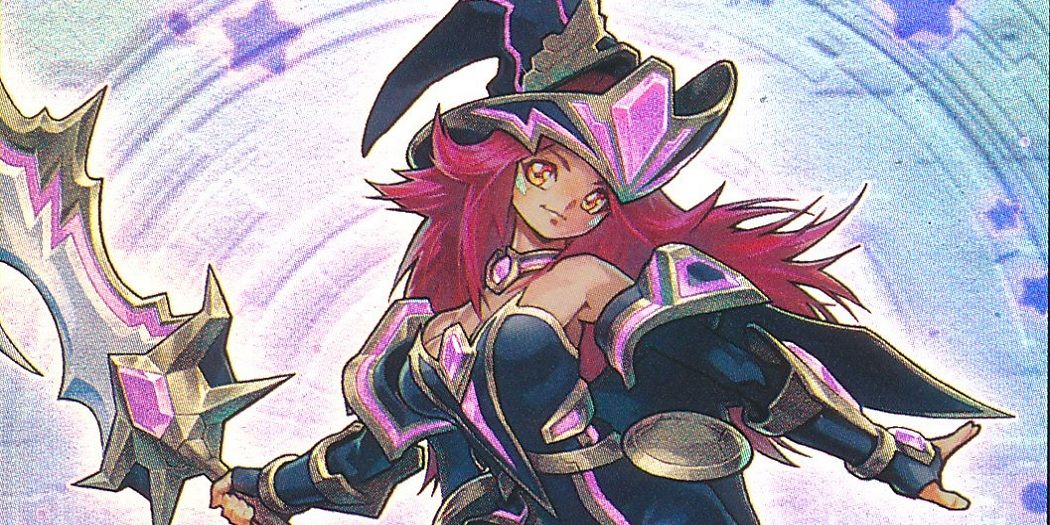
The sixth series of Yu-Gi-Oh, Yu-Gi-Oh VRAINS, introduced yet another new type of summoning. LINK monsters fundamentally changed the game yet again, even more drastically than Pendulum Summoning ever did or could. Essentially, LINK monsters work more like Tribute Summoning—the higher the “Link” on the card, the more monsters it takes. A Link-1 takes one, a Link-3 takes three, and so on. Unlike Tributing though, it still counts as a special summon, so players can create as many Link monsters as they have resources to do so.
But what makes them especially important is players can only summon more than one Synchro, Xyz, or Fusion monsters if they have a Link monster that can grant them the “zones” to do so. A crucial change, this meant Links were a must-have for every deck going forward, so of course Konami gave fans plenty of powerful Link monsters to use. This list takes a look at ten of them.
10 FOLGO, JUSTICE FUR HIRE
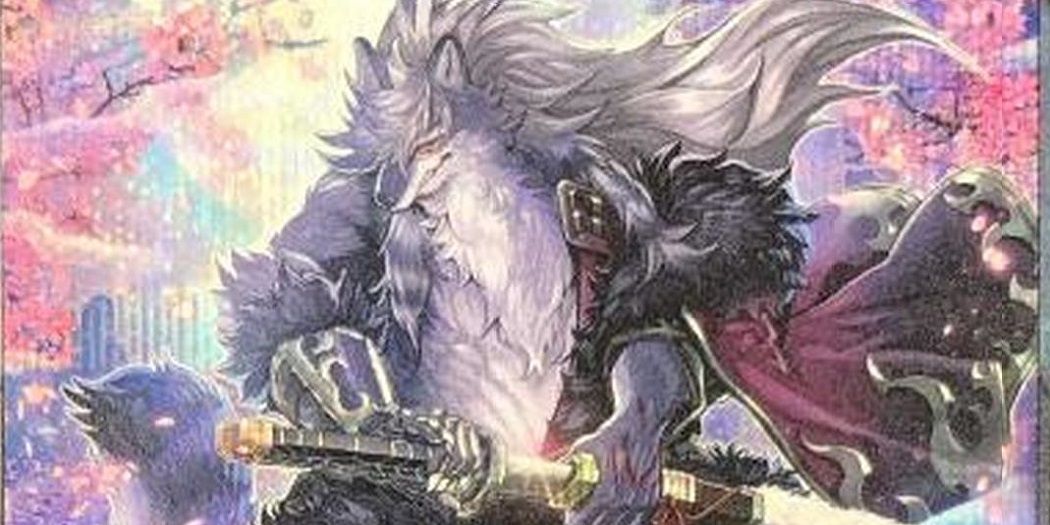
This card won’t be a part of any meta decks anytime soon, because it’s specific to the Fur Hire archetype. However, it’s effect is so good it deserves to be on the list even if it’s just at the bottom. The Fur Hire archetype is based off special summoning a ton of monsters from the hand. Those weaker monsters can be linked off into Folgo, who can special summon another Fur Hire monster with a different type than the ones used to summon him. But it’s true effect activates when the player has 3 Fur Hire monsters on the field: when the player destroys a card on the opponent’s field, Folgo lets them draw three cards. Essentially refilling their hand for the next turn play, getting rid of one of the only weaknesses of the deck.
9 TRI-GATE WIZARD
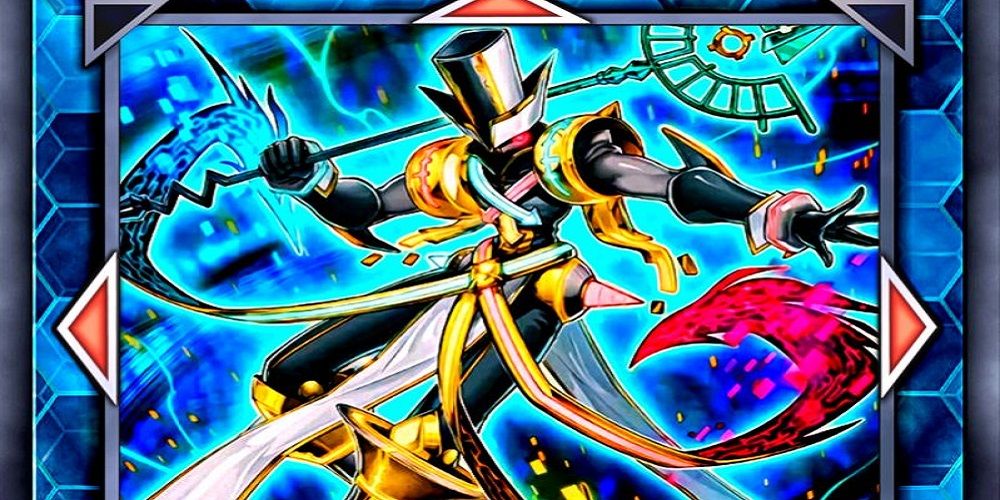
Tri-Gate Wizard was one of the earlier Link monsters we got, and it helped set the tone for some of the insanity we’ve seen since. Requiring 3 monsters except Tokens, it gained additional effects based on the number of monsters co-linked with it. If you had a monster co-linked it could deal double battle damage. At two monsters co-linked, Tri-Gate could banish a card. And at three monsters, it could negate and banish a card or effect activation. While the third one was a bit unrealistic, it still showed these cards were nothing to scoff at.
8 BLACK LUSTER SOLDIER - SOLDIER OF CHAOS

With this card having soared up to an insane $70 a copy, there’s obviously something to it. Requiring three monsters with different names, Soldier of Chaos is a Link 3 with a ton of effects. To start, if it was Link summoned with a level 7 monster it can’t be targeted or destroyed by the opponent’s card effects.
Considering it already has 3000 ATK, getting over it by battle is going to be a chore. Then if it destroys a monster by battle, you can activate one of three effects: gain 1500 ATK (permanently), make a second attack during the battle phase, or banish a card on the field. Given it’s generic summoning requirements and relative rarity, it’s no wonder this card costs what it does.
7 CRYSTRON NEEDLEFIBER
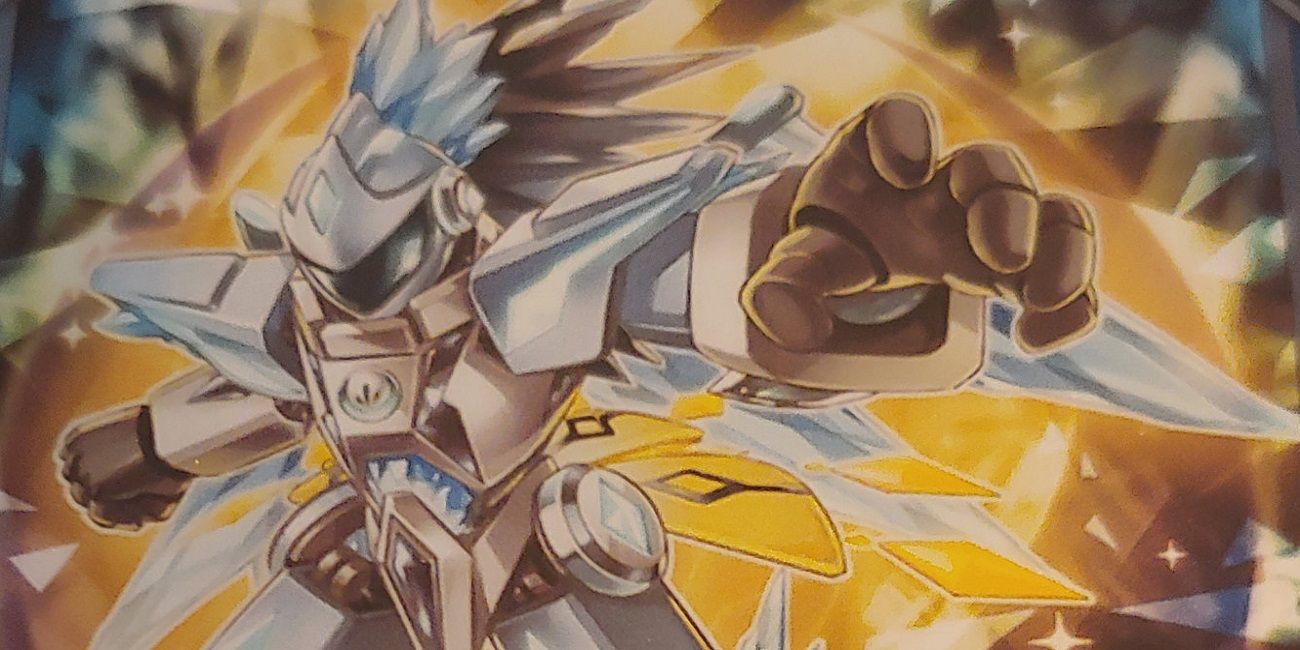
One of the better Link monsters that’s released in the game hasn’t actually been released in the West yet. Crystron Needlefiber is meant to be a link monster for Crystrons, but it has generic summoning requirements of “two monsters, including a tuner”. When it’s summoned, it can special summon a level 3 or lower tuner from the hand or deck. For synchro-focused decks, this card is absolutely perfect. Not only does it open up two zones for additional extra deck monsters, but it also enables a synchro play by bringing out a tuner from the deck. In Japan, Needlefiber has enabled some pretty terrifying combos, so most fans aren’t in a hurry to see it come here officially.
6 TOPOLOGIC GUMBLAR DRAGON
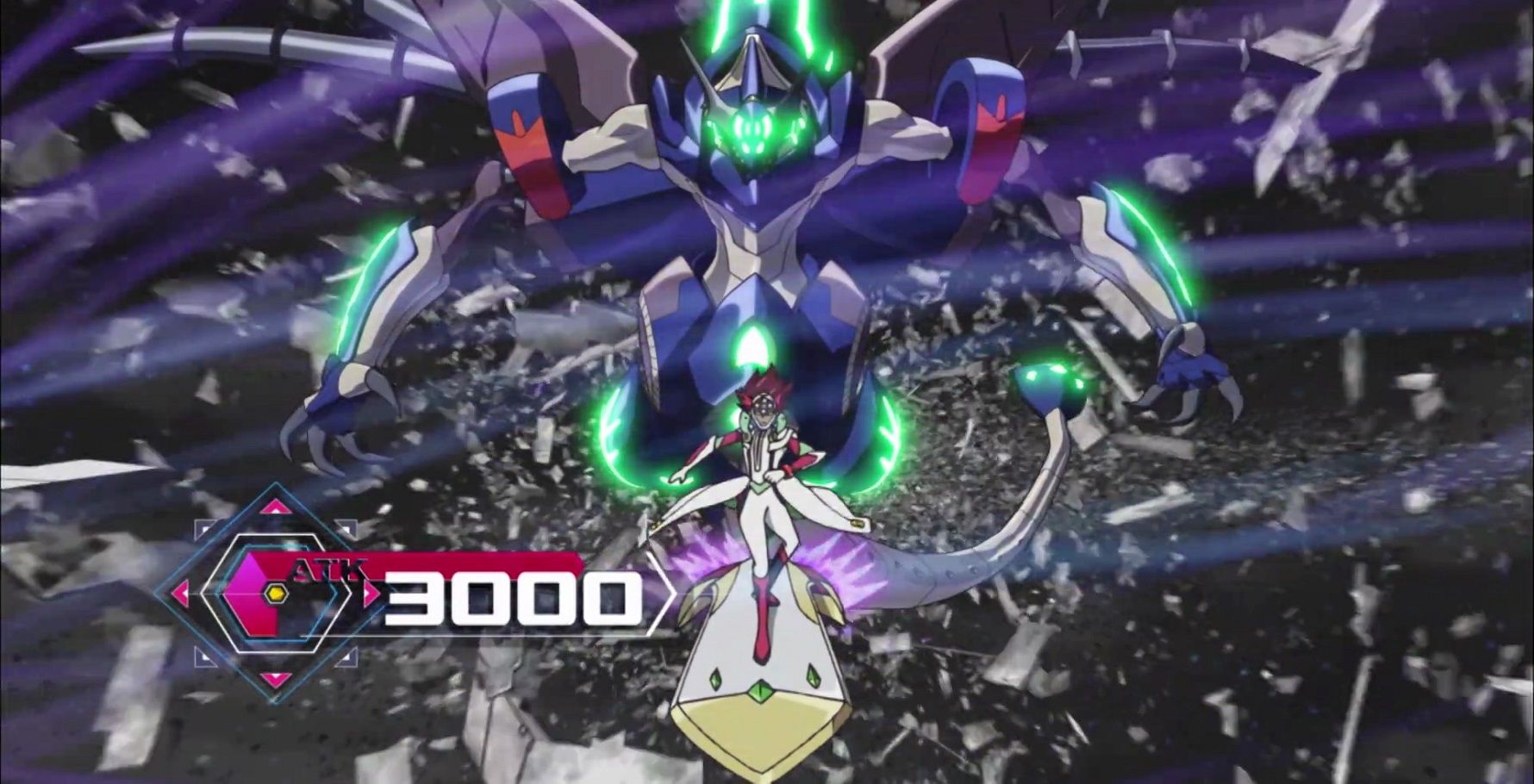
Thinking that this monster’s name makes no sense? That’s fine, Konami wasn’t making sense when they printed this card. Gumblar Dragon allowed a player to discard 1 or 2 cards when a monster was special summoned to one of the zones this card pointed to, and force an opponent to discard as well. Then, if this card was extra linked, it could force the opponent to discard one or two cards (whichever was higher), and if their hand was empty, inflict 3000 damage. With three of these, there’s plenty of footage of players figuring out semi-consistent loops that involved emptying an opponent’s hand and inflicting 3000 damage. Unsurprisingly, this card is forbidden here in the TCG.
5 BORRELSWORD DRAGON
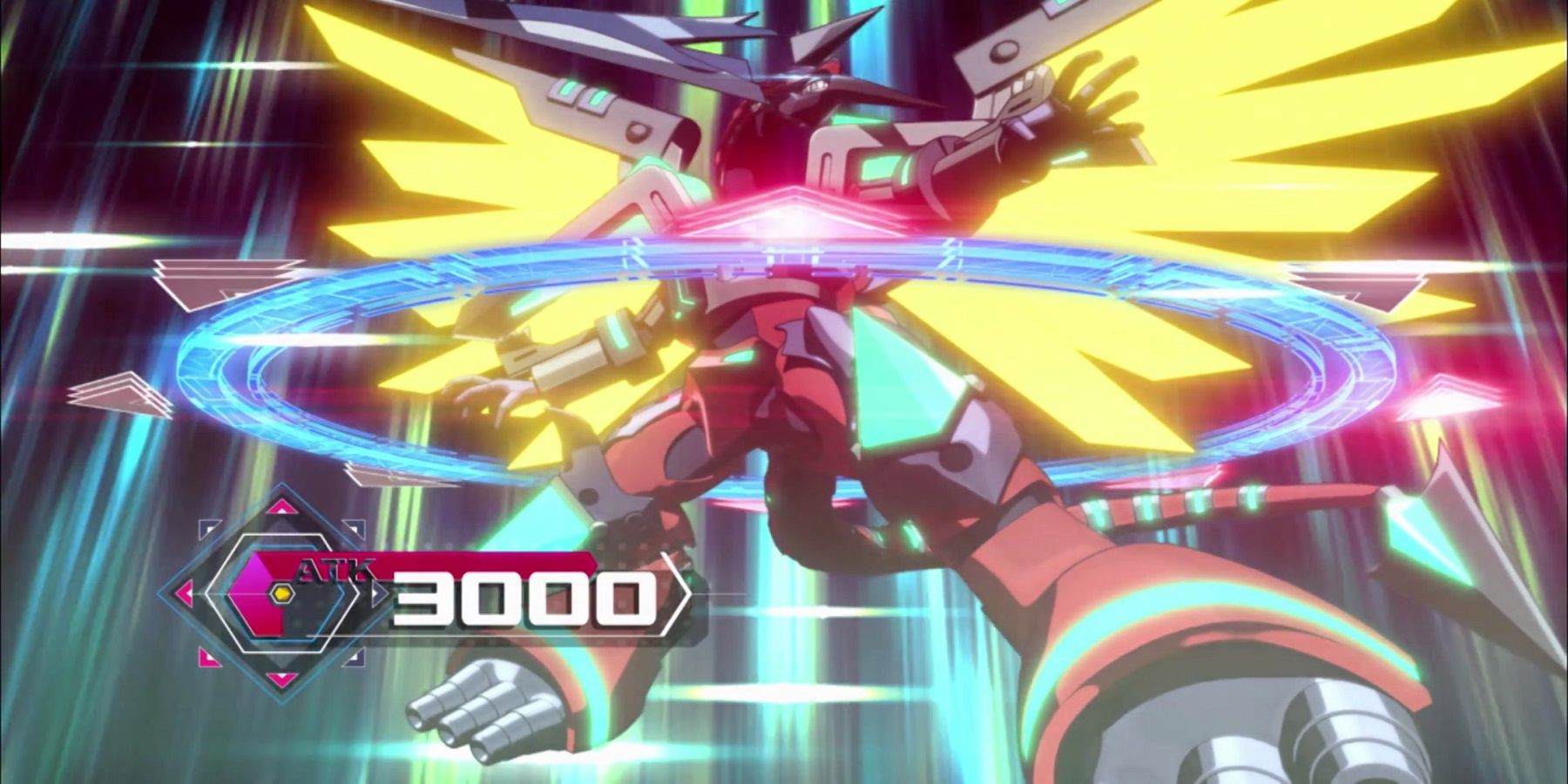
Link 4s require players to surrender a ton of cards, so the effect has to be worth it. In Borrelsword’s case, you get a 3000 ATK monster which can’t be destroyed by battle. While that’s kind of light, it also has a quick effect which lets it target Attack Position monsters and switch them into defense, and it can attack twice during every Battle Phase. It can also gain attack equal to half the attack of any monster it’s attacking, and cause that same monster to lose half of its attack. This makes Borrelsword the ideal monster for most battle situations, as it can clear off any monster and deal a ton of damage at the same time.
4 BORRELOAD DRAGON
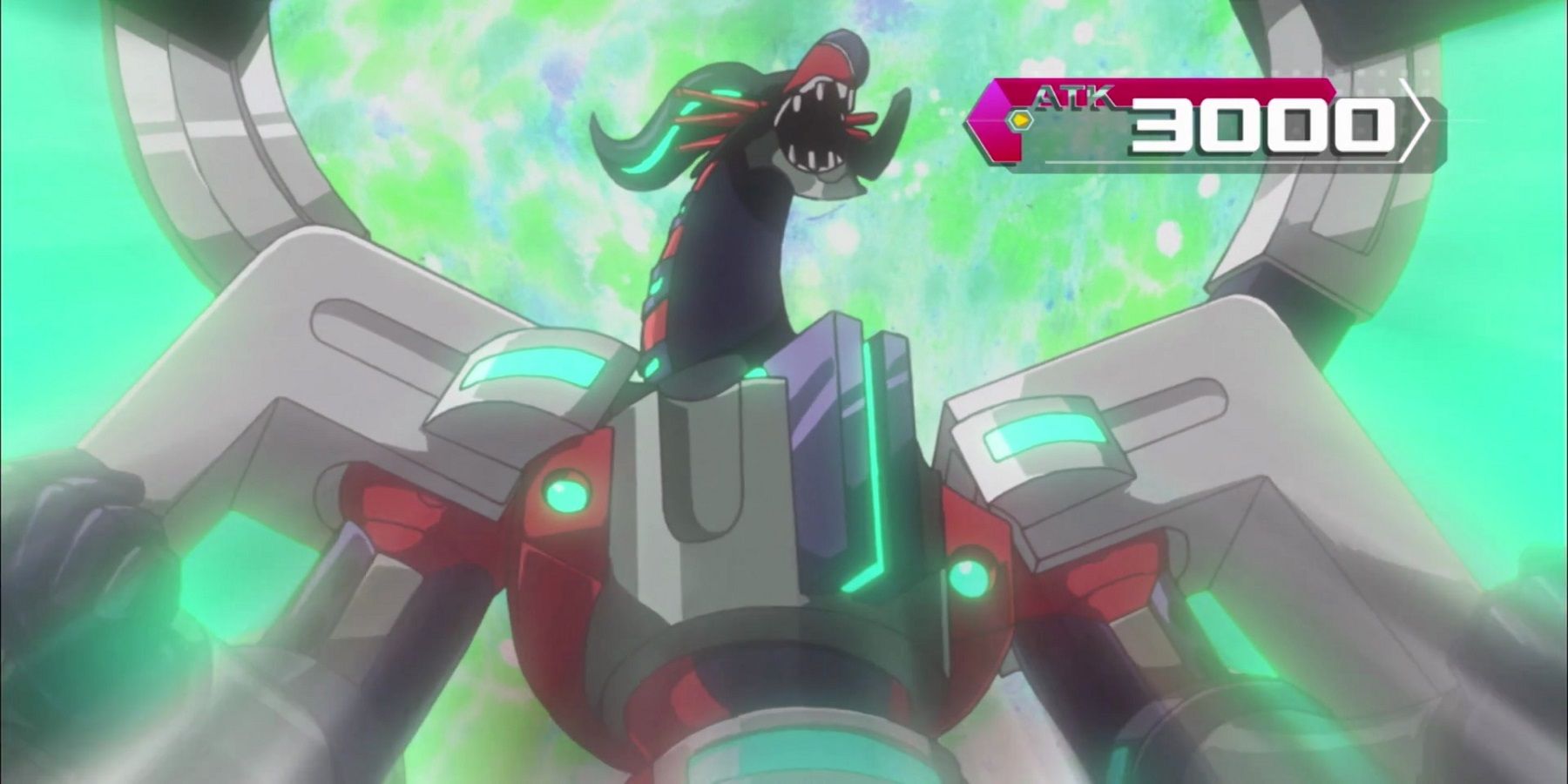
If this list teaches people anything, it should be that Link 4s are disgusting. Borreload can’t be targeted by either player’s card effects. Once per turn, during either player’s turn, it can target a monster and make it lose 500 ATK and DEF. Then at the start of the damage step, Borreload can take a monster it’s attacking and gain control of it by placing it in a zone this card points to...which is nearly everywhere. The opponent gets the monster back during the End Phase, but let’s be serious about this: they aren’t going to keep that monster. It’s going to be Linked, Xyz, or Synchro’d away. Give Konami this: when they make a boss monster, they take it seriously.
3 SARYUJA SKULL DREAD
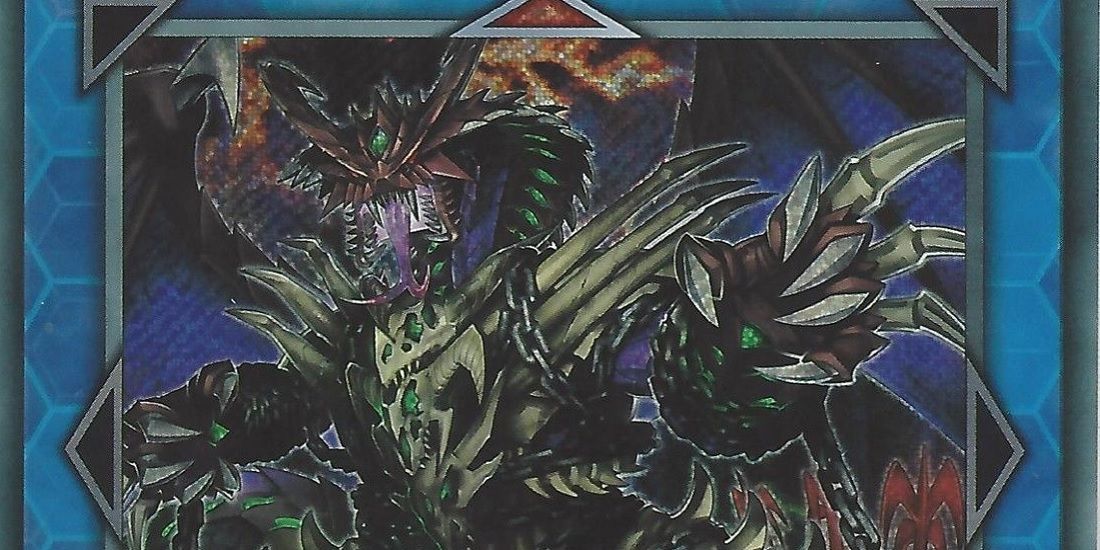
Saruyja takes advantage of the weird ways players can Link summon a monster. While Link monsters generally take whatever Link number they are, fewer resources can be used if using a Link monster to summon a Link. In other words, a Link 4 can be summoned with a Link 2 and two other monsters, or a Link 3 and one other monster.
If Saryuja is summoned with four monsters instead of skipping steps, it gains a host of effects. The biggest one being on summon it can draw four cards, then place any 3 on the bottom of the deck in any order. This, plus allowing a special summon from the hand and having 2800 ATK makes it an auto-include for any deck which can easily special summon a bunch of monsters.
2 SUMMON SORCERESS

Summon Sorceress was a Link 3 requiring three monsters with the same type, aside from tokens. When summoned, she was able to special summon a monster from the hand in defense position to the opponent’s zone it points to with her link arrow. Then, it could target that face-up monster and special a monster from the deck in defense position on the player’s side with the same type. This can sound needlessly complex, but basically you could surrender a monster you didn’t want from your hand to special summon a monster from your deck. The shenanigans that went on because of this card got it banned in both formats of the game.
1 FIREWALL DRAGON
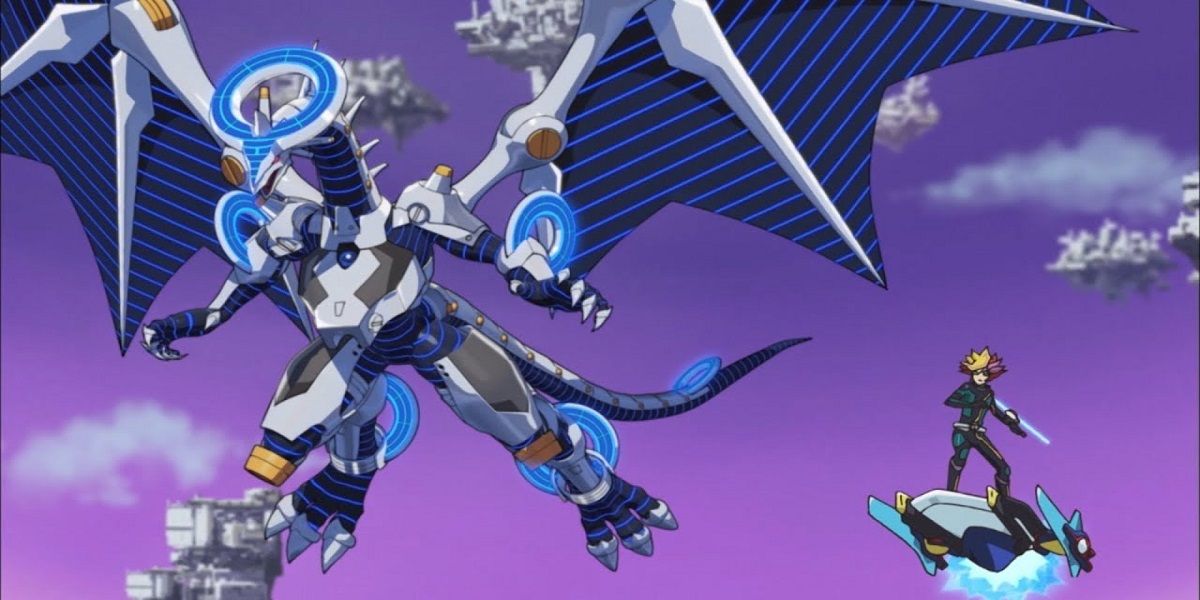
Firewall Dragon represents something of a first in Yu-Gi-Oh. Typically, the lead character in the anime never sees their ace monsters get hit by the banlist. But Firewall Dragon was so meta-warping that Konami said screw that and banned it in both the OCG and TCG. Another Link 4 monster, Firewall Dragon could target monsters on the field or in the graveyard equal to the number of cards co-linked to it and return them to the hand. Basically, it rewarded the player for overextending, or could force several of the opponent’s cards back to the hand. Even if a card this monster pointed to was destroyed, Firewall could special summon a monster from the hand to continue the insanity.
Add Comments